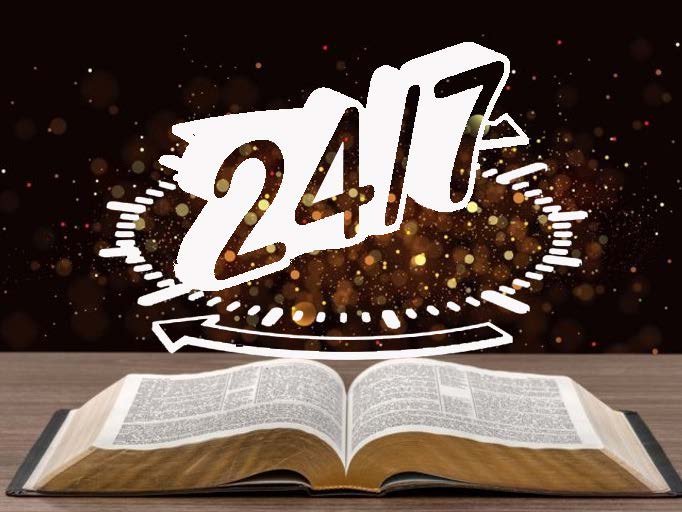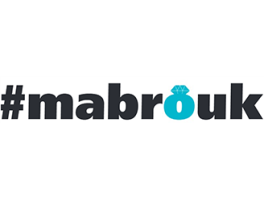Frieda Schweky
Community members have divergent views on all school matters and the winter break is no different. Some families travel abroad to nice resorts (post-covid!) while others choose to stay local and bond with the kids with day trips and special family activities. Many of those I heard from, including my Instagram (@friedaschwekyphoto) followers, took issue with winter break splitting classes into the “have”s and “have-not”s. Kids whose families cannot afford to go away sometimes feel embarrassed, or left out of the, “Where did you go?” school chit chat.
Personally, I think that if anyone has funds for luxurious vacations after paying the rent or mortgage, tuition, credit card bills, grocery bills, etc. it is a miracle. If you are one of these fortunate ones you should be extremely grateful.
Secondly, I think that as a community we should try to disassociate thinking about a break from school with the idea that we must travel. The two do not have to be connected, simply because many families cannot afford this luxury. My girls’ school, Shira Elementary, actually offers three days of optional fun days at school during winter break. I think this is great, and is so helpful for parents who are not going to travel. In the school’s handbook parents are asked to tell their daughters to be sensitive of others and not to discuss their vacation trips with the other students, to avoid jealousy and other negative feelings.
This is an incredible lesson in how to show consideration for others, yet not enough community schools make this request. I believe that as a community we can do better. I suggest that the schools not only teach the kids to be considerate, I think that community organizations could step up to the plate to offer extra programming during the winter break if the schools are not able to do so. During winter break hundreds of our community children stay at home with a lack of structure for a full ten days. Many parents work, and it’s not simple for them to entertain their kids. We have so many beautiful community events for the children, shouldn’t we consider organizing some special ones during yeshiva week?
I understand that for many community members traveling during yeshiva week is a given, it’s not a matter of “if” but where to. There is definitely something to be said for escaping the day-to-day routine and seeing different places. Growing up I had the privilege of going away with my family for winter break and I loved it. I wanted to get a feel for what people are doing these days, in this highly unpredictable world we live in. As I said, I asked my social media followers, and many different community members weighed in. Enjoy!
Frelevy
We choose not to go away for winter vacation and instead go away for the Passover break. For Passover we go to Florida and usually stay at my parents’ apartment, as we can only afford one trip a year. During winter break we usually go to Manhattan for two days. My husband takes off from work these days so we can do fun things. This year we are going to sleep in NYC for two nights and my kids are looking forward to it. We are going to go to an ice cream museum and to Ground Zero. The next day we are planning to go ice skating at Rockefeller Center. Also, we may visit the Museum of Modern Art. Plans are not set in stone yet. We’re still working on it, but my kids are looking forward to it!
Jeanette Haddad
I’m going away, but I think that school should be open for the children who are not. The school could plan a fun week with minimal studies, maybe even a half day program. During this time the teachers should be fairly compensated. So, teachers who wants to go away could do so, but if they want to stay home, they will have an option to make extra money. I also think the break should be Monday to Friday, not for ten days. That’s a long time for kids to be home without a schedule. And if they do go away they can go from Friday until the next Sunday, which is still a nice vacation. Aside from these ideas, something perhaps more realistic that schools should take into consideration is that many families can’t afford expensive vacations. It isn’t right for teachers to make it a class conversation, “Where did you go over winter break?” In fact, the schools should send out reminders for parents to talk to their children about this, to tell them not to talk about their vacations in school so kids who stayed home all break don’t feel left out or lacking.
Joy Ades
This winter break we’re doing a short Disney World trip with my sister’s family. We’re planning to go to the parks for two days. It’s my first time ever doing Disney World with my kids. I bought them Disney shirts with their names to get them even more hyped up for the trip. They are excited to stay at a hotel with a kids’ room, so we booked them a room with bunk beds! My kids have never slept in bunk beds before so I think that will really add to the experience and memories. Also, a side note: my husband is way too excited for Star Wars Land at Disney World!

After the days at the park, we plan to stay at the same hotel and our kids will be allowed to use their iPads. Plus, I have some inexpensive crafts boxes, activities, and painting projects I bought at Target.
It’s my first time traveling with my kids post Covid. Last year I did not feel comfortable traveling with them. Last Passover we did a road trip and visited an outdoor aquarium in Connecticut because that was what I felt comfortable with.
Ruthy Abadi Schwartzbard
I’m staying home for winter break this year just because we’ll be moving back to Brooklyn from Deal at that time. My daughter is just a year old so it wouldn’t really matter to her. I remember as a kid there were years my family went on vacation and there were years we didn’t.
I imagine as a kid if you’re from a family that didn’t go away, and if your parents were awesome, they’d plan lots of activities and day trips for you to have a great time. You would have enjoyed them even if the financial struggles required you to stay local over the break. However, I was the last of five, so my mom wasn’t up to doing that. I’d end up watching television for 14 days straight and got to stay up late and sleep in. It definitely got boring. I think it would be great if schools offered some type of fun option, not exactly like school, but some type of activity. For boys it could be something simple like open gym, sports, free play, or even relay races. Girls could do beading and jump ropes. The program could basically be like recess, only longer with a bit more structure and, of course, lunch. Especially now that I’m thinking as a parent, we pay so much in tuition! Yes, the teachers need a break, but getting some young adults to do a couple of camp-like days to break up the ten-day break from school could really be a game changer for both parents and kids. It doesn’t seem so fair to me, after paying the high tuition bill for school, that I’ll be spending two weeks home with the kids if I decide not to spend a lot to go on a winter break vacation.
Maytal Cohen

I know that the schools consider the tuition as “yearly” but I find it annoying that we pay in full and besides summer vacation there are an extra ten days of school off in the winter, in addition to all the Jewish holidays. I’m not going away this year because I don’t have a passport, but we’re considering going somewhere local.
My two school age boys are in different schools, so they have different vacation times. This means, basically, the boys will be stuck home for way too long. I can’t really go anywhere because that would mean that at some time one of them will miss school.
I am planning to hopefully go to Kalahari Resorts and the Indoor Waterpark in the Poconos with friends. Even if our friends can’t make it, we can always go with just my family. We did it last year and it was very fun. Also, last year instead of yeshiva week we traveled to Mexico at the end of December because that’s when my husband had off. It made more sense financially, and also, I was expecting, so I did not want to wait until January, when I would have been further along in my pregnancy and would have been more uncomfortable. We went to camelback last year on yeshiva break it was very fun, and I noticed a lot of other Jewish people there too.
Freda Louz
Our family is not going away this year because we have four children, ages four and under. Also, one of them has school during winter break. Instead of taking a trip abroad, we’re thinking of doing a weekend in the Poconos or going snow tubing. We’re also considering day trips such as Nickelodeon Universe at the mall, and checking out play places locally. The overall plan is just to bond with the kids and try to entertain them as best I can.
Susy Z. Cohen
I think that schools should give more days off for winter break. Six days with having Shabbat in between is not enough. Most families that travel end up taking a few extra days, anyway, so why not just give it to them? I know the schools do this intentionally because most people don’t travel. However, families that want to travel will do so no matter what.
Mollie Elbaz Briskman
We always plan our trips to include just our immediate family. My reason is that I always like to escape mentally on vacation, too. I don’t want to expend energy on “meeting” anyone or having to accommodate their plans.
I am a very organized traveler. I already have an entire planner full of entertainment and meals organized from start to finish for our trip. For food I pack what I can’t order during the trip, and I always bring along a few Meal Mart “amazing meals” just in case of emergency. Also, I pack tons of snacks.
Amazon Prime Now was my best friend but now that it’s discontinued, Amazon Fresh will do! They deliver groceries right to the hotel. Last year I actually ordered while on my flight to Florida, and our groceries came right to us.
I pre-pack snacks in a utility box for the kids to eat through Disney. When I posted a picture of it for the first time last year, I got a TON of comments, and now I see them all over. Also, everything from specific outfits, to cosmetics, to challah goes in zip top bags. I order sandwich/gallon/quart packs of zip top bags from Amazon, and pack every item, I’m quite thorough and it pays off.
As I guessed, people’s feelings about the subject of winter break run the gamut. I still feel that traveling is a privilege and is not a given. I spoke to many friends about the subject. In order to save money, a few looked into options of where they could travel on a low budget. Others suggested going away at a different time that was “off season.” Most of them scoffed at the idea of heading out for a winter vacation since, for them, travel wasn’t in the cards this year financially. Young community parents have so many pressing bills to cover, travel seems like a foreign concept. I think as a community we should normalize staying home and should be doing our best to organize events or programs during the ten-day break from school. At the very least, we should educate our children who do go away about empathizing with others and not discussing their travels with students who may have stayed home.
Until next month, with love,
Frieda Schweky
I’d love to talk more and hear your opinion on the subject, you can always reach me on Instagram @friedaschwekyphoto















